Take a step closer to clear ministry communication that compels your audience to action.
Audience personas have become a significant part of our work with ministry clients. When done well, your personas make it easier to deliver strong promises, proofs, and calls to action in your messaging. At best, they become a tool the whole organization can use to make sure that what they wish to communicate actually meets the needs of your target audience.
To get us all on the same page, Hubspot defines an audience persona is a “semi-fictional representation of your ideal customer.” In other words, it’s like a mash-up of all the people who fit into the target you’re trying to reach with a particular message. By capturing your audiences’ goals, needs, fears, and motivations, they provide a quick route to empathy for the real person who will receive your communications.
There is a ton of information on the internet about building effective personas. My objective in providing the following four steps is to help you take one step closer to advocating for your audience as you develop messaging for your organization.
It’s likely you will have more than one persona, but I recommend starting with one for this exercise. So, here are the four steps:
First, identify your primary audience for marketing. Marketing is most closely tied to your financial model (vs. brand, which is closely tied to your ministry model). If you are a school, this might be new families. If they don’t enroll, you can’t sustain your ministry. For many other ministries, the target audience will be potential donors for the same reason.
Next, interview people in your organization who spend the most time with members of your target audience.
The goal here is to identify unifying themes among the different members of that audience. Remember we’re creating a mash-up so you’ll listen for the things that are often true about the needs your audience expresses. Through open-ended questions you can guide your interviewees to provide details from their perspective:
What problems are your target audience trying to solve?
What are their goals?
What are their barriers or common objections?
What words do they use to describe any of these things? (Use the words of your audience, not the words of your interviewees.)
What gives them confidence when choosing you?
What questions do they ask most frequently?
Map out a common decision-making path: How do they research? Who do they talk to? How do they find us and what do they do when they find us?
This is the fun part! As you begin to document what you’ve learned onto a single page, you will have a sense for who your persona is shaping up to be. Here are some sections to consider adding to your profile:
Name: Give him/her a memorable name that will stick in the memories of your teams.
Tip: Avoid the name of an actual known member of your audience. This should be its own entity and not a profile of a real person.
Picture: Helps this person feel more "real" to persona users. I like to grab mine from LinkedIn profiles of people I don't know! (Don't worry—it's okay to do that. This is an internal document only. You're not sharing it publicly.)
Demographics and Psychographics: Bring this person to life! Married? Children? Education level? Church involvement? Activities and behaviors?
Goals and/or Motivations: Personal or professional goals that overlap with your context? What end state does your persona intend to bring to life?
Challenges/Pain Points: What keeps her up at night? What gets in the way of accomplishing her goals?
Values: What is important to her when she's thinking about giving/attending/partnering with any organization?
Fears: What's her worst-case scenario? What is she trying to avoid by addressing her pain points?
Lastly, take your persona back to the people you interviewed in step two; does your persona sound like the people they talk to every day (or want to be)?
Most of us would agree that being a great listener is key to being a great communicator. This step helps us reflect back what we heard to the people who really are the experts on their target audience and increases the odds that these personas will be adopted inside the organization.
During the feedback process, continue to listen and ask open ended questions. Some tweaks may be important to understanding the customer’s needs better and some may be more about getting distracted by the details. If you your interviewees are nodding their heads and can agree that this could be a helpful tool for them and for you, then you have built a successful 1.0 version of your persona! Congrats!
In a future post, we’ll talk about how qualitative research can help evolve your persona to be even more effective. By talking to actual members of your audience you can uncover deeper or more nuanced insights about how to talk to them. However, today let’s celebrate getting a step closer to clear communication that compels your audience to take action.







